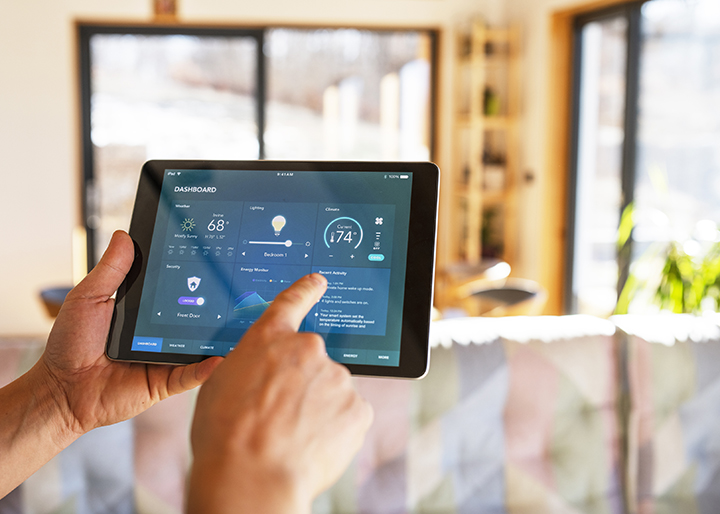Casting a Wider Net
Technology Has Made It Easier to Surface Auction Properties By Kathleen Lappe When you hear the term real estate auction, it is not surprising that your thoughts likely turn to desperate sellers or bank-owned properties, and rightfully so. During the 2007 housing crisis, auctions were an effective way to unload thousands of foreclosed properties, and real estate investors were able to snap them up at a significant discount. Today, as
Read More












